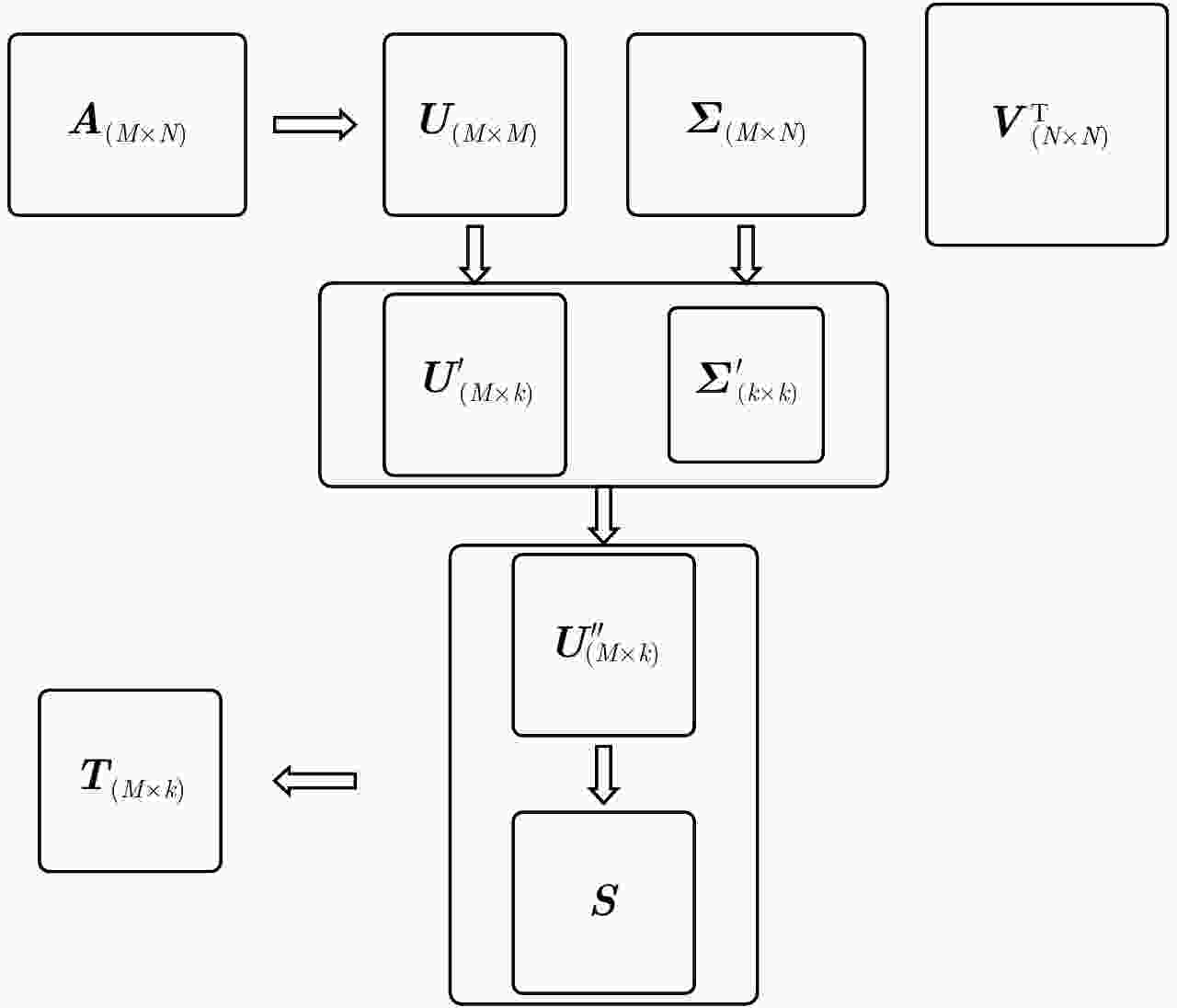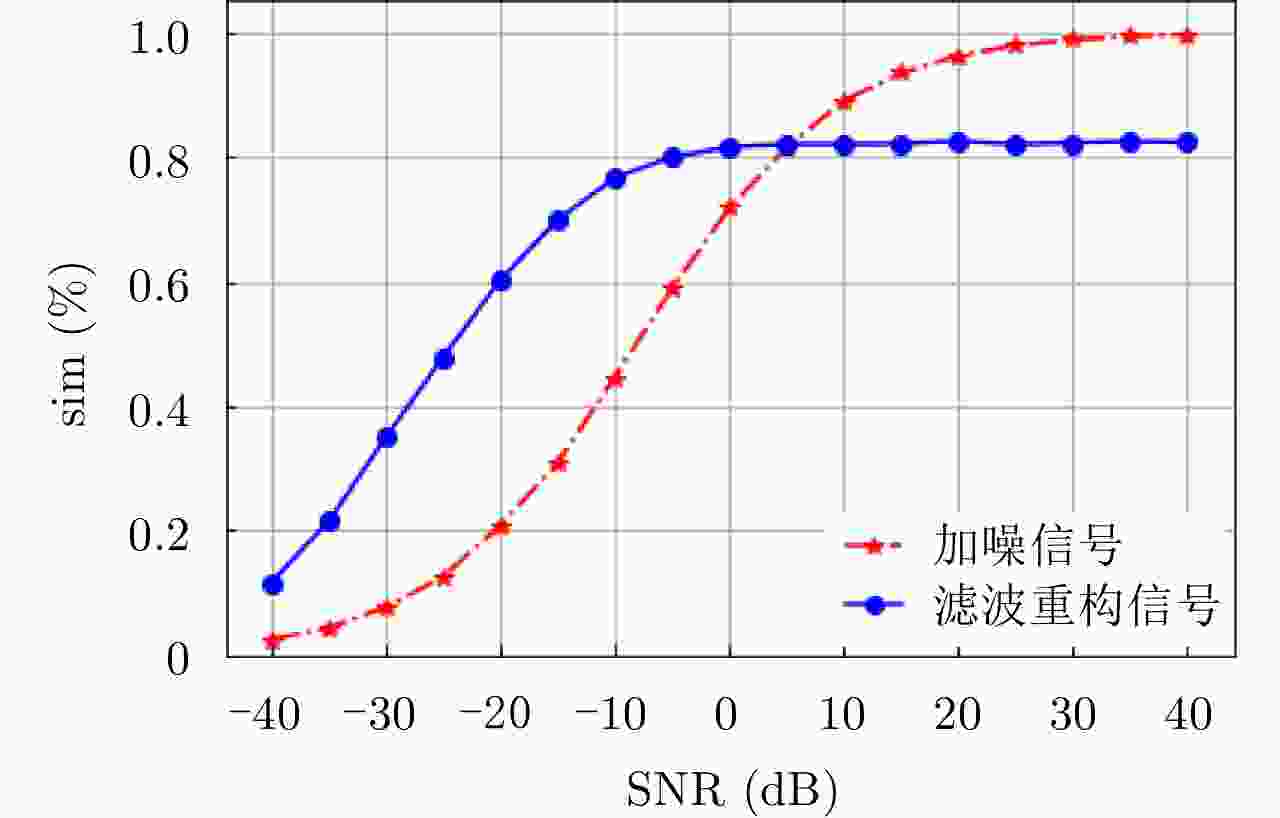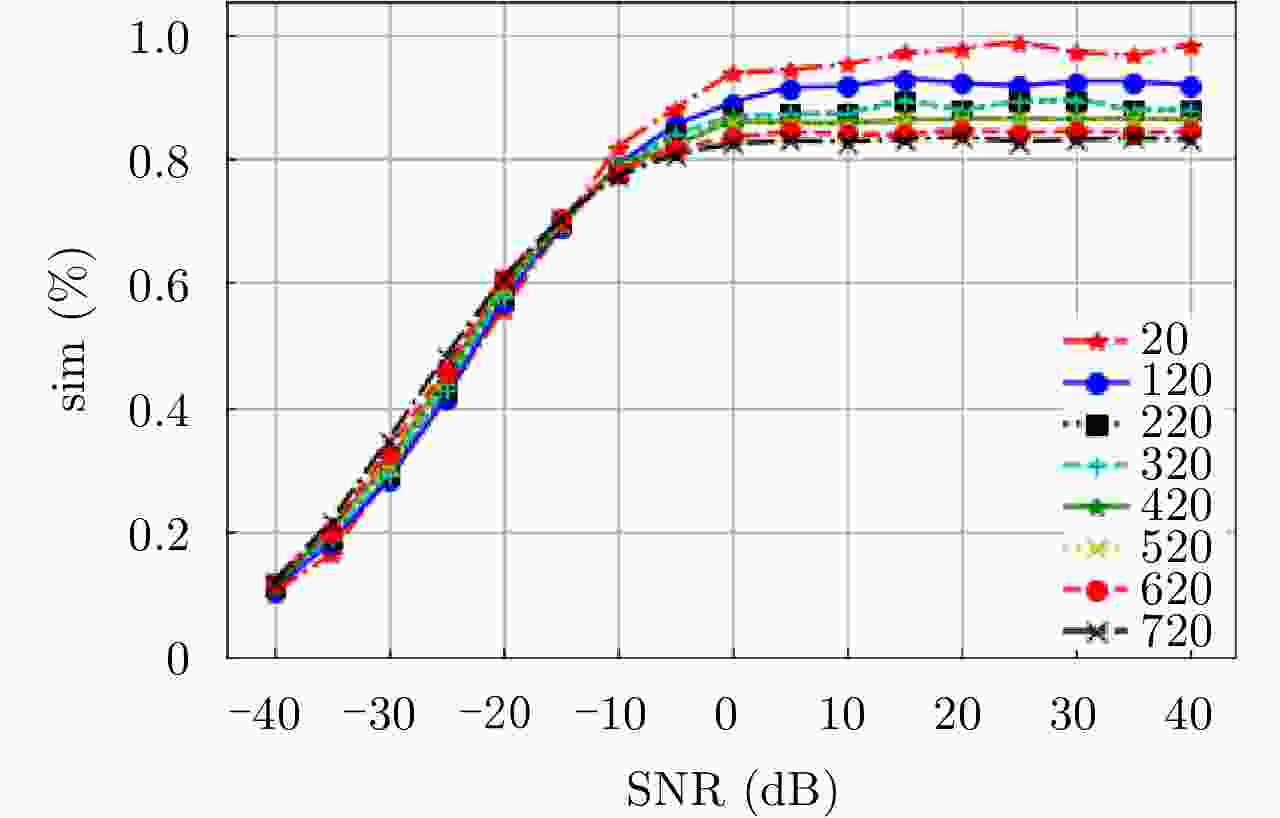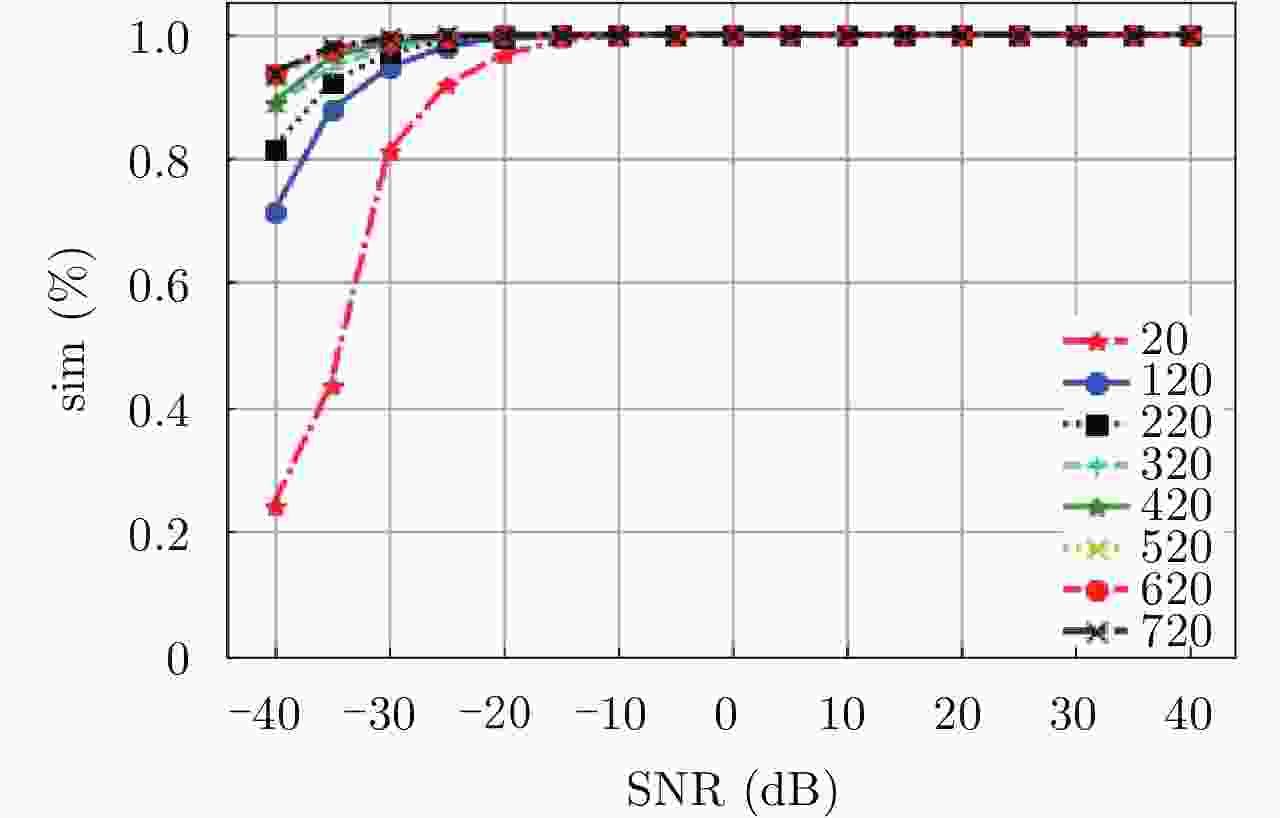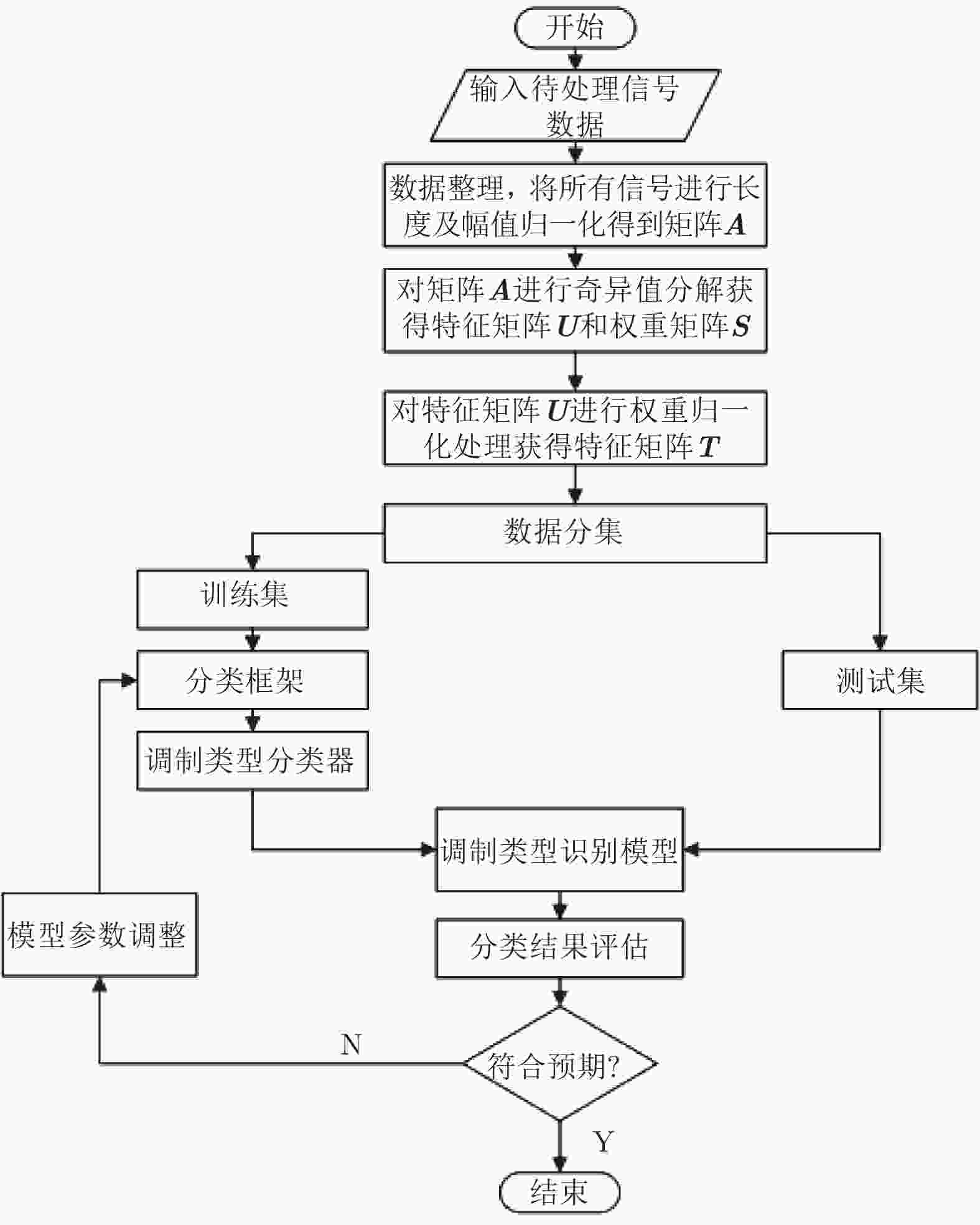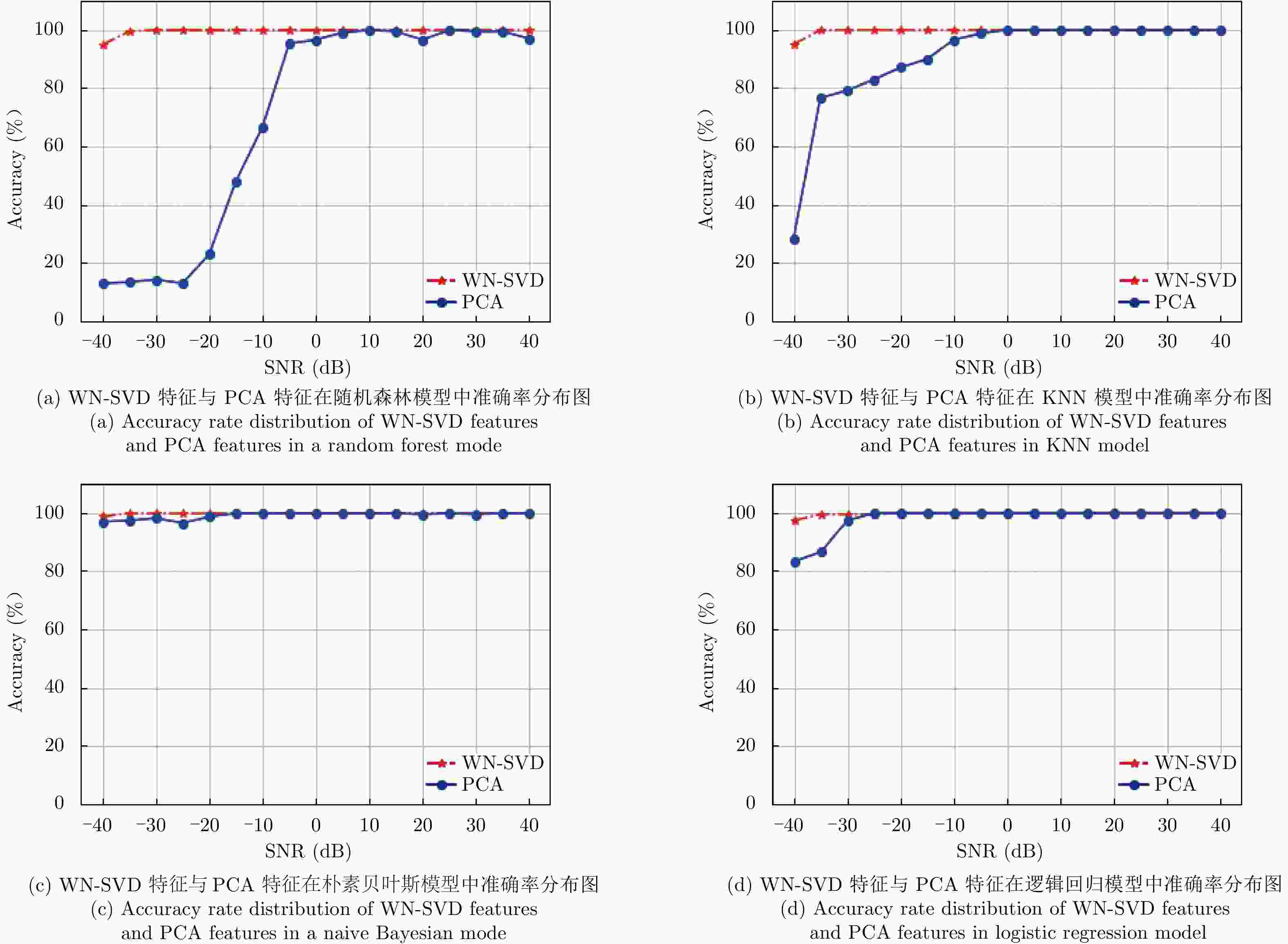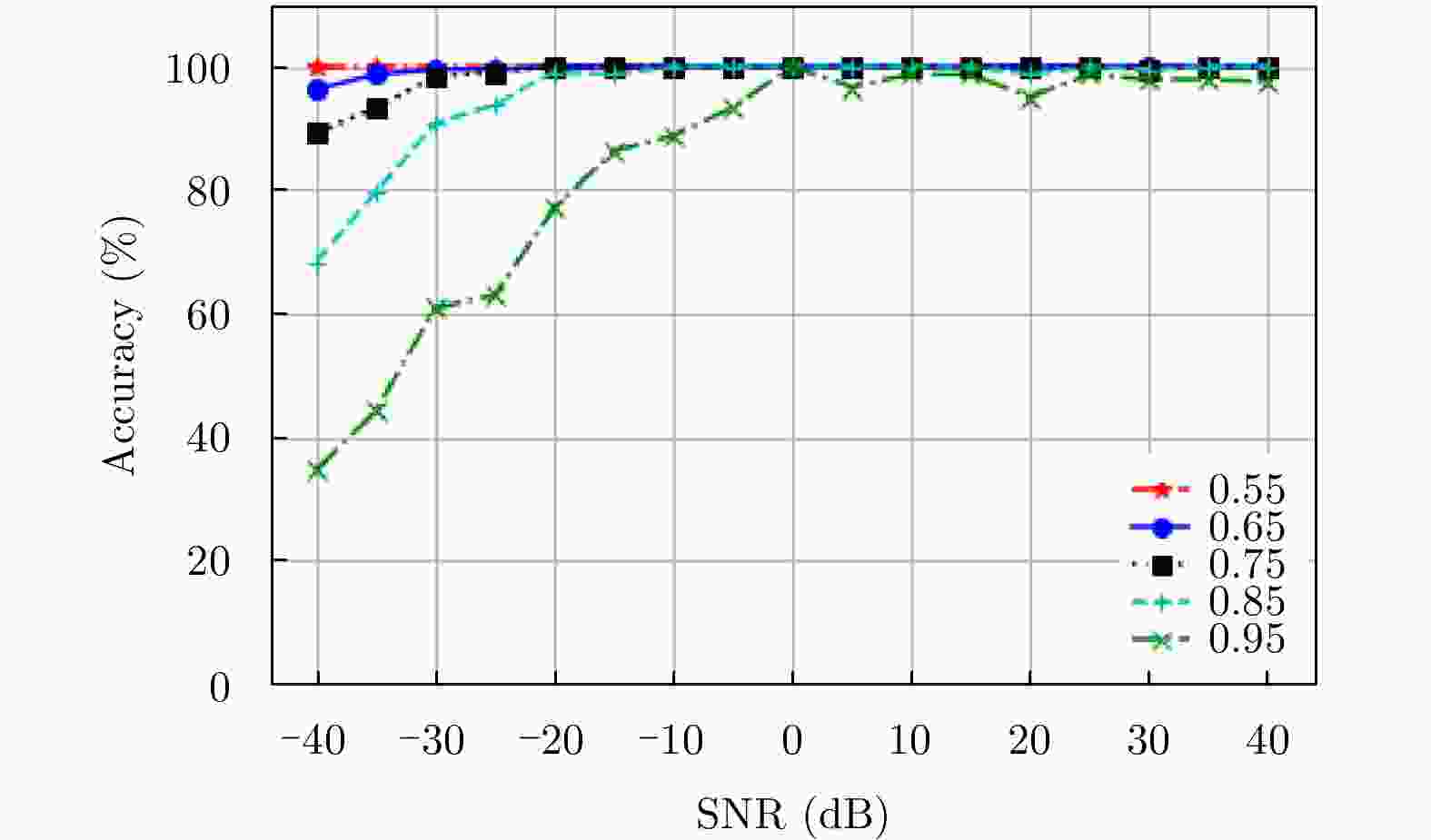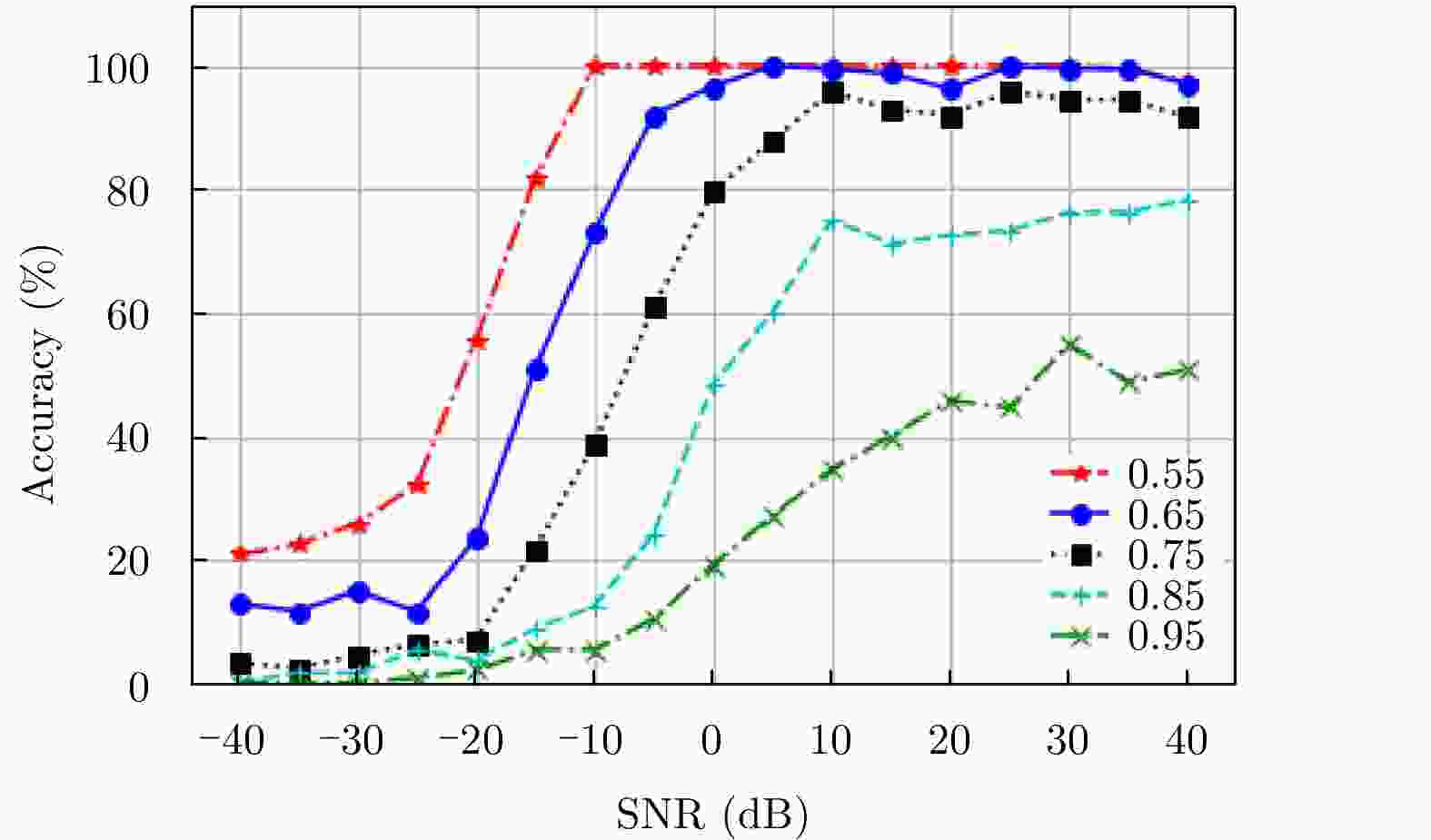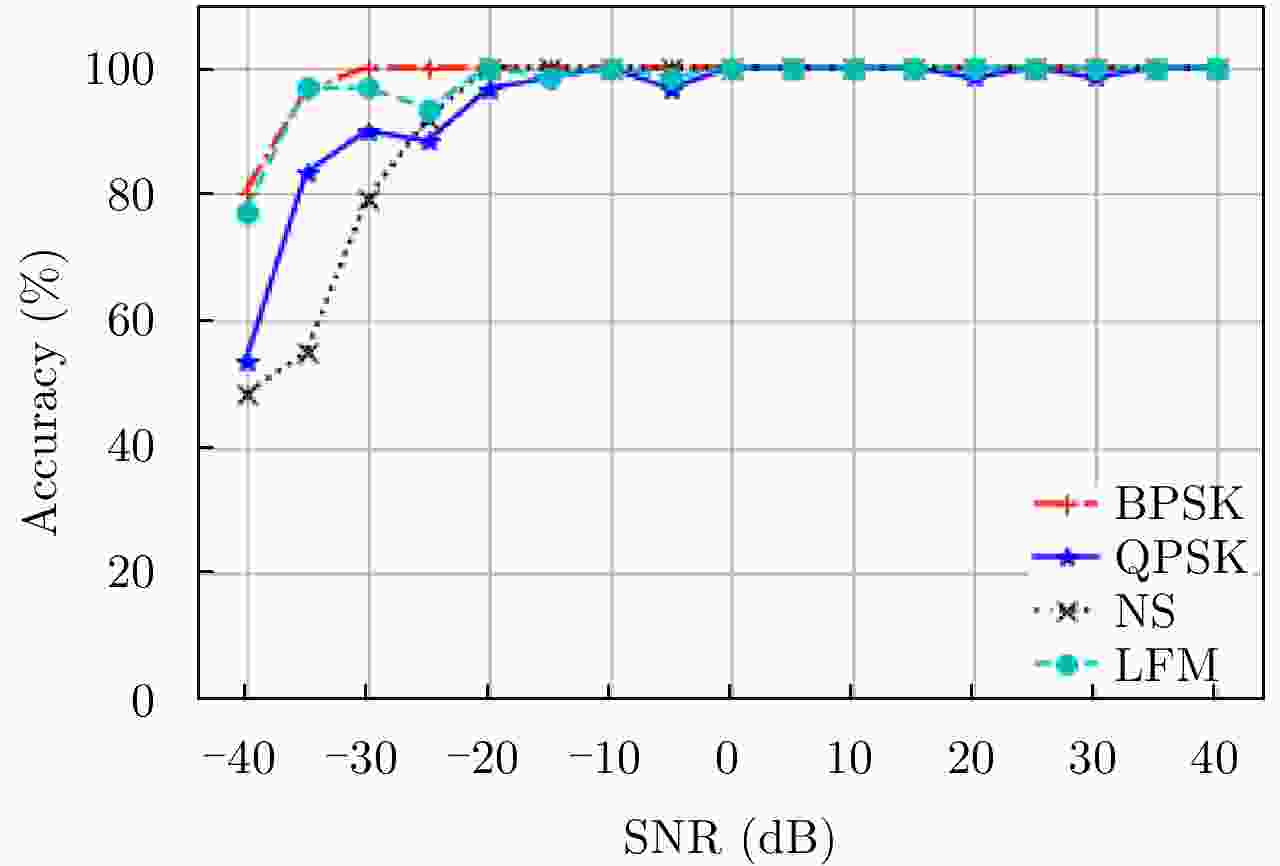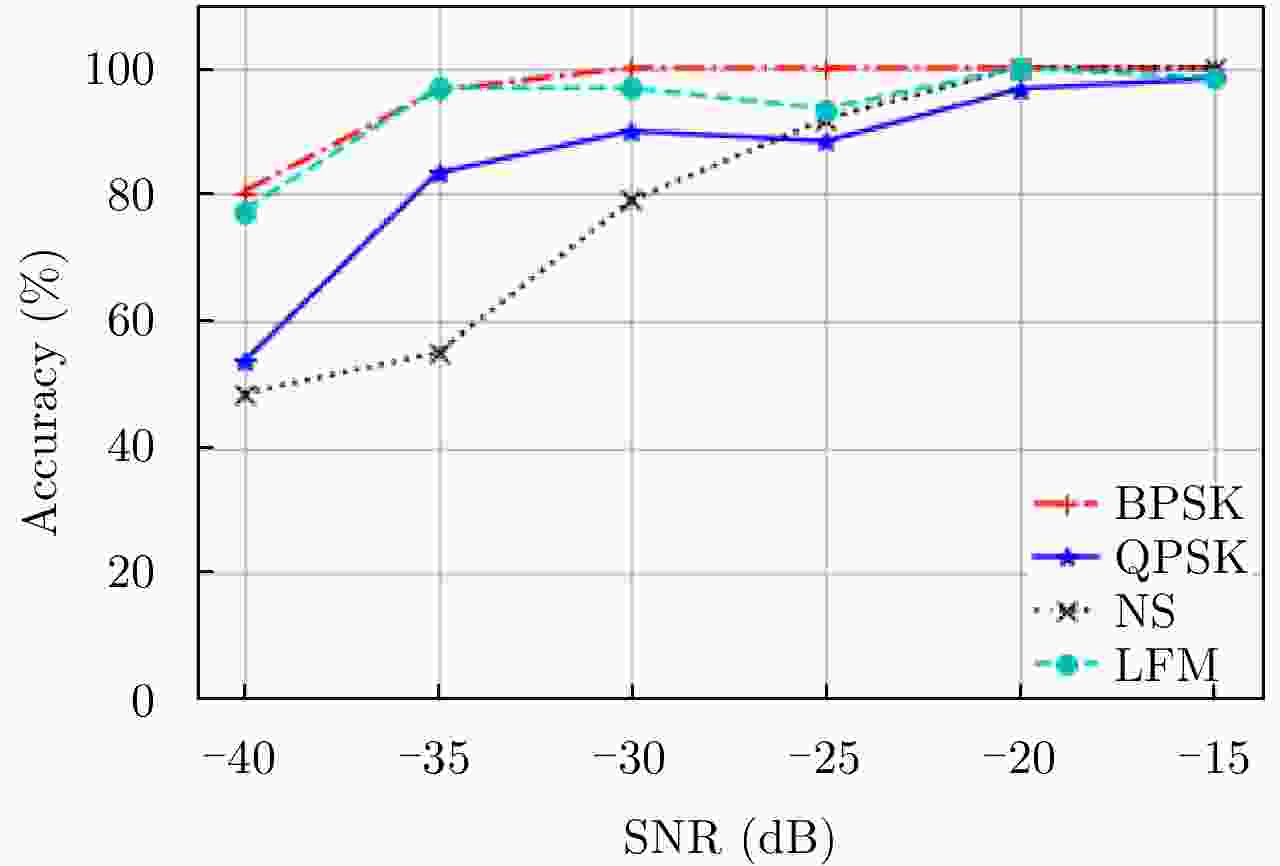| [1] |
DE CARVALHO E, DENEIRE L, and SLOCK D T M. Blind and semi-blind maximum likelihood techniques for multiuser multichannel identification[C]. Proceedings of the 9th European Signal Processing Conference (EUSIPCO 1998), Rhodes, 1998: 1–4.
|
| [2] |
KANTERAKIS E and SU W. OFDM signal classification in frequency selective Rayleigh channels[C]. Proceedings of MILCOM 2011 Military Communications Conference, Baltimore, MD, 2011: 1–6.
|
| [3] |
XU J L, SU W, and ZHOU M C. Likelihood-ratio approaches to automatic modulation classification[J]. IEEE Transactions on Systems, Man, and Cybernetics, Part C (Applications and Reviews) , 2011, 41(4): 455–469. doi: 10.1109/TSMCC.2010.2076347
|
| [4] |
SALAM A O A, SHERIFF R E, AL-ARAJI S R, et al. Automatic modulation classification in cognitive radio using multiple antennas and maximum-likelihood techniques[C]. Proceedings of 2015 IEEE International Conference on Computer and Information Technology; Ubiquitous Computing and Communications; Dependable, Autonomic and Secure Computing; Pervasive Intelligence and Computing, Liverpool, 2015: 1–5.
|
| [5] |
PUNITH KUMAR H L and SHRINIVASAN L. Automatic digital modulation recognition using minimum feature extraction[C]. Proceedings of the 2nd International Conference on Computing for Sustainable Global Development (INDIACom), New Delhi, India, 2015: 772–775.
|
| [6] |
BAGGA J and TRIPATHI N. Analysis of digitally modulated signals using instantaneous and stochastic features for classification[J]. International Journal of Soft Computing and Engineering (IJSCE) , 2011, 1(2): 57–61.
|
| [7] |
CHENG Y Z, ZHANG H L, and WANG Y. Research on modulation recognition of the communication signal based on statistical model[C]. Proceedings of the 3rd International Conference on Measuring Technology and Mechatronics Automation, Shanghai, 2011: 46–50.
|
| [8] |
WANG L and REN Y. Recognition of digital modulation signals based on high order cumulants and support vector machines[C]. 2009 ISECS International Colloquium on Computing, Communication, Control, and Management, Sanya, 2009: 271–274.
|
| [9] |
SHAKRA M M, SHAHEEN E M, BAKR H A, et al. C3. automatic digital modulation recognition of satellite communication signals[C]. Proceedings of the 32nd National Radio Science Conference (NRSC), 6th of October City, 2015: 118–126.
|
| [10] |
HASSANPOUR S, PEZESHK A M, and BEHNIA F. Automatic digital modulation recognition based on novel features and support vector machine[C]. Proceedings of the 12th International Conference on Signal-Image Technology & Internet-Based Systems (SITIS), Naples, 2016: 172–177.
|
| [11] |
EBRAHIMZADEH A and GHAZALIAN R. Blind digital modulation classification in software radio using the optimized classifier and feature subset selection[J]. Engineering Applications of Artificial Intelligence, 2011, 24(1): 50–59. doi: 10.1016/j.engappai.2010.08.008
|
| [12] |
SUN G C, AN J P, YANG J, et al. A new key features extraction algorithm for automatic digital modulation recognition[C]. Proceedings of 2007 International Conference on Wireless Communications, Networking and Mobile Computing, Shanghai, 2007: 2306–2309.
|
| [13] |
LI S P, CHEN F C, and WANG L. Modulation recognition algorithm of digital signal based on support vector machine[C]. Proceedings of the 24th Chinese Control and Decision Conference (CCDC), Taiyuan, 2012: 3326–3330.
|
| [14] |
AMOEDO D A, DA SILVA JÚNIOR W S, and DE LIMA FILHO E B. Parameter selection for SVM in automatic modulation classification of analog and digital signals[C]. Proceedings of 2014 International Telecommunications Symposium (ITS), Sao Paulo, 2014: 1–5.
|
| [15] |
HASSAN K, DAYOUB I, HAMOUDA W, et al. Automatic modulation recognition using wavelet transform and neural networks in wireless systems[J]. EURASIP Journal on Advances in Signal Processing, 2010, 2010: 532898. doi: 10.1155/2010/532898
|
| [16] |
GUESMI L and MENIF M. Modulation formats recognition technique using artificial neural networks for radio over fiber systems[C]. Proceedings of the 17th International Conference on Transparent Optical Networks (ICTON), Budapest, 2015: 1–4.
|
| [17] |
ZHAO Z J and GU J W. Recognition of digital modulation signals based on hybrid three-order restricted Boltzmann machine[C]. Proceedings of the IEEE 16th International Conference on Communication Technology (ICCT), Hangzhou, 2015: 166–169.
|
| [18] |
PATIL N M and NEMADE M U. Audio signal deblurring using singular value decomposition (SVD)[C]. Proceedings of 2017 IEEE International Conference on Power, Control, Signals and Instrumentation Engineering (ICPCSI), Chennai, India, 2017: 1272–1276.
|
| [19] |
YE W B, LI S T, ZHAO X J, et al. A K times singular value decomposition based image denoising algorithm for DoFP polarization image sensors with Gaussian noise[J]. IEEE Sensors Journal, 2018, 18(15): 6138–6144. doi: 10.1109/JSEN.2018.2846672
|
| [20] |
TANIN U H, JAHAN A, SHARMIN S, et al. De-noised and compressed image watermarking based on singular value decomposition[C]. Proceedings of 2017 IEEE Region 10 Humanitarian Technology Conference (R10-HTC), Dhaka, 2017: 628–633.
|
| [21] |
KABIR S S, RIZVE M N, and HASAN M K. ECG signal compression using data extraction and truncated singular value decomposition[C]. Proceedings of 2017 IEEE Region 10 Humanitarian Technology Conference (R10-HTC), Dhaka, 2017: 5–7.
|
| [22] |
ZHANG X N, LUO P C, and HU X W. A hybrid method for classification and identification of emitter signals[C]. Proceedings of 4th International Conference on Systems and Informatics (ICSAI), Hangzhou, 2017: 1060–1065.
|



 作者中心
作者中心 专家审稿
专家审稿 责编办公
责编办公 编辑办公
编辑办公



 下载:
下载:

